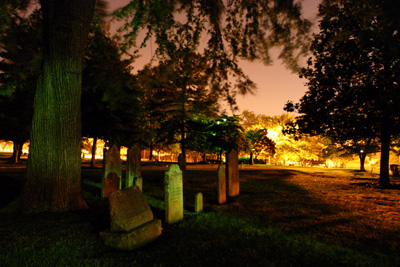

Since I first moved to Raleigh, I had always wondered if the 1914 on the big building comprising a part of City Market was an address or “since” designation. I’ve posted about City Market in the rain and posted a street level view and until now, I haven’t been curious enough to look it up. In fact, the 1914 refers to the date at which it opened to provide a market for seafood, vegetables, home baked items, and other types of food:
From October 1, 1914 until the mid 1940’s the City Market flourished. Farmers from the Eastern part of the state came regularly in their trucks and horse drawn carts bringing produce, poultry, seafood and flowers. Home baked goods were also a favorite among Raleigh city wives. On Saturdays you would find farmers gathered at the Market and in Moore Square (known as the “the Grove”) visiting and picnicking with their family and friends.
With the advent of supermarkets and the opening of a new Farmers Market off Capital Boulevard in 1957, the old City Market no longer satisfied the need of Raleigh households so in June of 1957 the City Council adopted a resolution to close it. In 1959 the building was sold to an individual who leased it to a furniture store.
In 1980, the City Council secured a grant from the North Carolina Division of Archives & History to study the architectural resources surrounding Moore Square. As a result, the City Market was recognized by the National Register of Historic Places. The City then began work to rehabilitate the Market and nearby buildings.
Today City Market is square in the middle of downtown Raleigh’s explosive growth of nightlife. Filled with plenty of bars and restaurants, there are also many niche and spelcialty stores.







 Sign up for the Newsletter
Sign up for the Newsletter